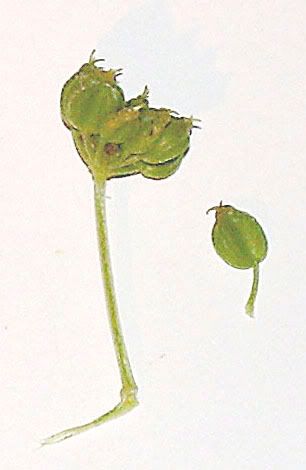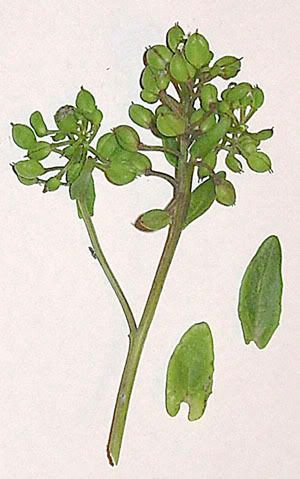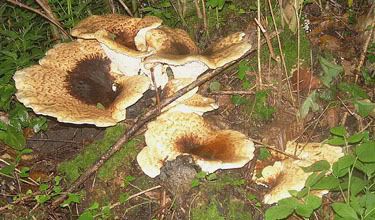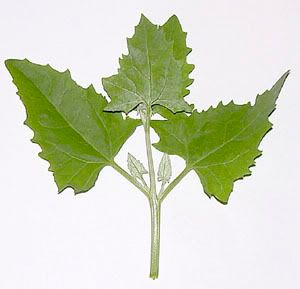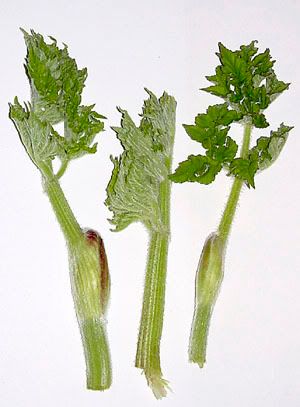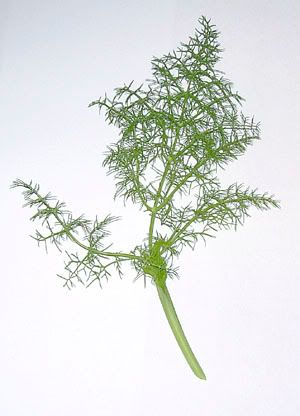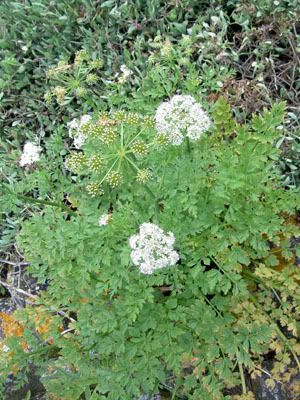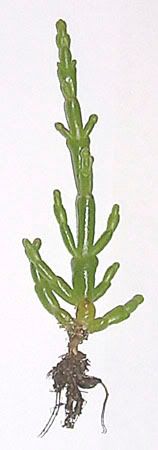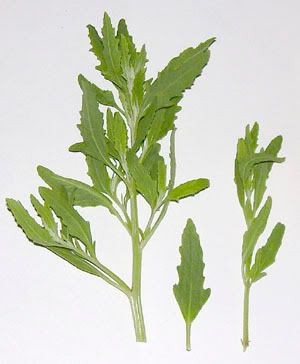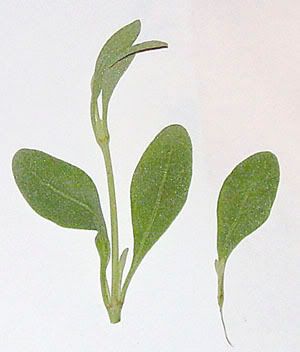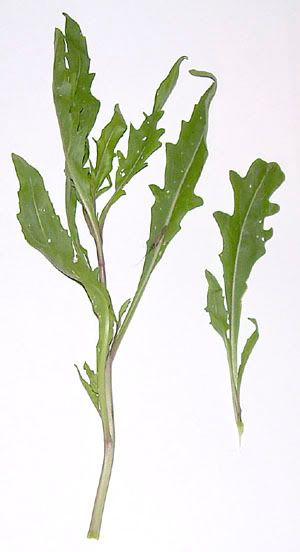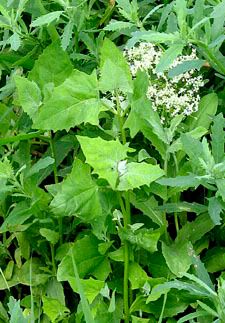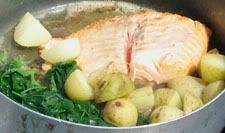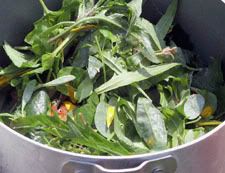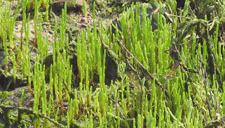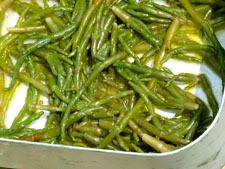I really ought to have posted these before the weekend as a taster, but I didn't want anyone cheating with their plant id's

Here are some (though not all), of the plants that we might have and mostly did find on Sunday's walk
Arty farty close up of my namesake, Chicken of the Woods (Laetiporus sulphureus). Not really a weekend shot as I picked this the other day after yomping about in the woods getting drenched. The slugs were having a field day and they love COTW, chewing fresh specimens to bits with relish so I 'rescued' it from them and will cook it up once I've decided which of my recipes I fancy most. Had planned to bring this along on Sunday, but got rushed and accidentally left it in the 'fridge. Doh!
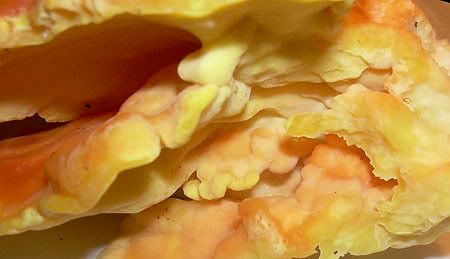
Alexanders Seed (Smyrnium olusatrum). Green and uncooked I find these taste perfumed and slightly like petrol/oil. I don't like it particularly. However there are claims that it can be used as a condiment and I might explore throwing some into soup or pickling* it to see what happens. Failing that, I'll use the seed to grow some. We didn't notice any on Sunday but it's well past it's best and is mostly dying back now so I'm not that surprised. *(Fergus Drennan assures me that it makes a good pickle so on his recommendation I'll give it a go).
Scurveygrass (Cochlearia officinalis). I harvested this to id properly and haven't tasted it yet but it is reputedly bitter though packed with vitamins. The small leaves look succulent and fleshy and may cook well. Some experiments coming with this one.
Dryad's Saddle (Polyporus squamosus). This lovely group are sadly too old to harvest having already become too tough and rubbery to eat. We seem to have an abundance of them locally though so I'll keep my eyes peeled for a lush young specimen. This is from our local woods & not down by the river, if they'dve been fresher and younger I would have tried to bring some along.
Halberd or Spear Leaved Orache (Atriplex hastata). This is a real find and I'll be going back for seed when they've ripened. Note the 'bloom' particularly on the underside of the leaves, making them different from Good King Henry which are glossier. Tastes good raw or lightly steamed and makes very a good spinach subsitute. Particularly nice in scrambled eggs & bacon, although we had it with the salmon as a side veg and it was delicious.
Hogweed shoots (Heracleum sphondylium). I generally have a policy not to mess with Umbellifers because of the similarities between edible and highly poisonous plants. Mistakes
literally can be
fatal (you'll see why I say this later in this list). However. Hogweed should be fairly easy to recognise
as long as you've done your homework thoroughly. As usual though, if in doubt -
don't. I mean absolutely
DO NOT. Mistakes aren't worth it.
Supposed to taste like young asparagus (hmmm... not sure about that). I found the leaves a bit hairy and chewy, but the stalks had a pleasantly crispy texture even after sauteeing in butter and the flavour grew on me. I can see this having opportunity for experiment. We didn't try this one on Sunday though, the bright sun and the potential for the sap to produce a nasty blistering photosensitive skin irritation was a little offputting. Besides, we already had a stack of dishes to try so it fell by the wayside.
Fennel (Foeniculum vulgare). Aniseed is a flavour you either like or you dont and it doesn't always sit well with other ingredients. Fortunately I do quite like it but tend to gather this for making tisanes mostly, although I'm wondering what it might do for a white spirit like Schnapps if I steeped some. Worth a try I think! I think we all pretty much agreed that it was good stuffed into the stomach cavity of a Trout and then baked in a paper parcel.
This is one of the reasons why I avoid all but the most obvious and safely edible of the Umbellifer family: Hemlock Water Dropwort (Oenanthe crocata). Superficially you could be pardoned for mistaking it for a wild flat leaved parsley, except that this
will kill you. I'm planning on going back and taking some clearer pictures of its features for reference when the weather's better. Please, should you come across it do not ever mess with any part of this plant it is highly toxic from root to tip. Better yet, just don't mess with any of the Umbellifer family.
Marsh Samphire (Salicornia europaea). I
love marsh samphire. Caught at the right time of year it's succulent raw or cooked. Get it too late and it can be a little woody although it's still nice. Because of it's esturine/saltmarsh habitat do take care to wash & prep it thoroughly before consuming. I like it lightly steamed with a little butter, seasoning and lemon juice. Apparently so do Featherstick and Mad Mike.

I'd originally identified this one as Shore Orache ( Atriplex littoralis), but I think that the leaf shape isn't quite thin enough and that it's more likely to be Common Orache (Atriplex patula). I found this less pleasant than the Halbard leaved version, slightly soapy raw (not a good sign) and a little bitter when cooked. It would be a useful addition to a stew, soup or pottage though, bulking out sparse ingredients.
Sea Purslane (Halimione portulacoides). This year has been exellent for my local plants. The leaves are bigger and fatter than I've seen for a long time. I find these delicious raw or lightly steamed (served in the same manner as samphire). An excellent vegetable to accompany fish - especially salmon. Because of their favoured habitat, as with samphire I'd advise careful & thorough washing before preparing them. This was one ingredient of our wild leaf salad - it's very good raw or cooked.
Wall Rocket (Diplotaxis tenuifolia). Another real find and an ingredient of the wild leaf salad. This is a perennial version of the garden rocket we often pay so much for in supermarkets. Extremely pungent but I find it delicious, particularly in salads or a sandwich made with good strong cheddar & wholegrain bread. I'll be after some seed from this come autumn.
 Did anyone spot the insect on it?
Did anyone spot the insect on it?
Seabeet (Beta vulgaris ssp. maritima). My favourite staple green leaf. I've found that seabeet leaves have the wonderful ability to cook well & taste good regardless of whether the plant is in flower or seed - which is just as well as they frequently 'bolt'. Far superior to spinach in my humble opinion, with a gentler texture and flavour. I pick small leaves for salads and larger ones to cook with. I also steam the fresh young flowerheads and eat like broccoli. It's great stuff. A highly recommended and easy to id wild foodsource. This was one of the ingredients in the seabeet & mushroom pie.
P.S. Feathersick - the pleasure was entirely mine, Squirt and I had a lovely day.
Edited 1 time for appaling spelling. Gah! 

